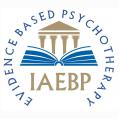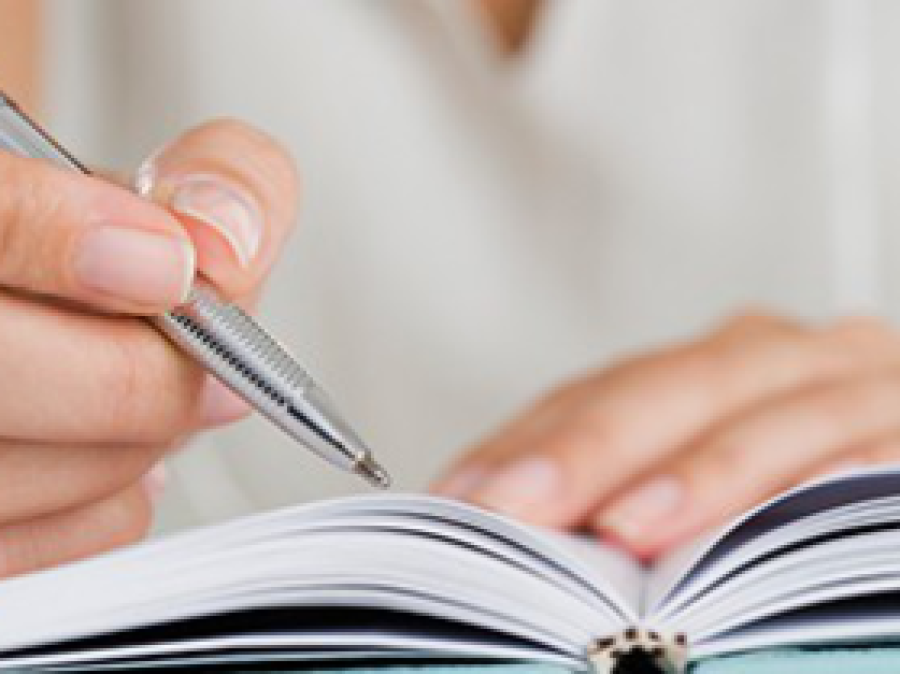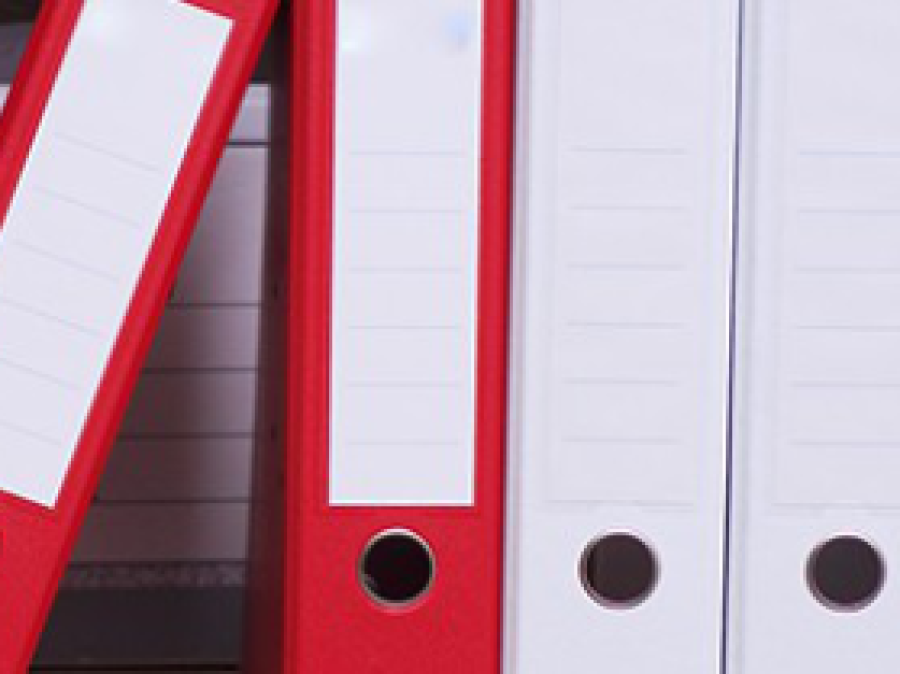
Self-Help Tips for Anxiety and Panic Attacks
Learn about panic and anxiety. Simply knowing more about panic can go a long way towards relieving your distress. So read up on anxiety, panic disorder, and the fight-or-flight response experienced during a panic attack. You’ll learn that the sensations and feelings you have when you panic are normal and that you aren’t going crazy.
There are several self-help techniques you can use to help treat the symptoms of panic disorder yourself.
Some of these techniques are listed below.
Avoid smoking, alcohol & caffeine
These can all provoke panic attacks in people who are susceptible. As a result, it’s wise to avoid alcohol, cigarettes, coffee, and other caffeinated beverages. If you need help to kick the cigarette habit, see How to Quit Smoking. Also be careful with medications that contain stimulants, such as diet pills and non-drowsy cold medications.
Diet
Unstable blood sugar levels can contribute to the symptoms of a panic attack. Therefore, you should maintain a healthy, balanced diet, eat regularly and avoid eating sugary food and drinks. Also, avoid caffeine, alcohol and smoking because they can all contribute to panic attacks.
Learn how to control your breathing
Hyperventilation brings on many sensations (such as lightheadedness and tightness of the chest) that occur during a panic attack. Deep breathing, on the other hand, can relieve the symptoms of panic. By learning to control your breathing, you develop a coping skill that you can use to calm yourself down when you begin to feel anxious. If you know how to control your breathing, you are also less likely to create the very sensations that you are afraid of.
So while you're having a panic attack, try to focus on your breathing. Feelings of panic and anxiety can get worse if you breathe too quickly. Try breathing slowly and deeply while counting to three on each breath in and out.
Practise relaxation techniques
If you have panic disorder, you may feel constantly stressed and anxious, particularly about when your next panic attack may be. Learning to relax can help to relieve some of this tension, and it may also help you to deal more effectively with your panic attacks when they occur.
When practiced regularly, activities such as yoga, meditation, and progressive muscle relaxation strengthen the body’s relaxation response - the opposite of the stress response involved in anxiety and panic. And not only do these relaxation practices promote relaxation, but they also increase feelings of joy and equanimity. So make time for them in your daily routine.
Some people also find complementary therapies, such as massage and aromatherapy, help them to relax. Activities, such as yoga and pilates, can also be helpful.
You can also practise breathing and relaxation techniques, which you can use during a panic attack to help ease your symptoms.
Connect face-to-face with family and friends
Anxiety can thrive when you feel isolated so regularly reach out to people who care about you. If you feel that you don’t have anyone to turn to, explore ways to meet new people and build supportive friendships.
Exercise regularly
Exercise is a natural anxiety reliever so try to get moving for at least 30 minutes on most days (three 10-minute sessions is just as good).
Rhythmic aerobic exercise that requires moving both your arms and legs—like walking, running, swimming, or dancing—can be especially effective.
Get enough restful sleep. Insufficient or poor quality sleep can make anxiety worse, so try to get seven to nine hours of quality sleep a night. If sleeping well is a problem for you, these tips to getting a good night’s sleep can help (Self-Help Tips for Insomnia).
Regular exercise, particularly aerobic exercise, will help reduce stress and release tension. It can also encourage your brain to release the chemical serotonin, which can help improve your mood.
It's recommended that adults aged 19-64 years should do at least 150 minutes (2 hours and 30 minutes) of moderate-intensity aerobic activity, such as cycling or fast walking, every week.
They should also do muscle-strengthening activities on two or more days a week that work all major muscle groups (legs, hips, back, abdomen, chest, shoulders and arms).
If you haven't exercised before or for a long time visit your GP for a fitness assessment before starting a new exercise programme.
During a Panic Attack - stay where you are
If possible, you should stay where you are during a panic attack. The attack could last up to an hour, so you may need to pull over and park where it's safe to do so if you're driving.
Focus
If you have a panic attack, remind yourself that the frightening thoughts and sensations will eventually pass.
During an attack, try to focus on something that's non-threatening and visible, such as the time passing on your watch or items in a supermarket.
Challenge your fear
When you have a panic attack, try to identify what it is you fear and challenge it. You can achieve this by constantly reminding yourself that what you fear isn't real and that it will pass in a few minutes.
Creative visualisation
Many things can go through your mind during a panic attack – for example, some people think about disaster or death. Instead of focusing on negative thoughts, try to concentrate on positive images.
Think of a place or a situation that makes you feel peaceful, relaxed or at ease. Once you have this image in your mind, try to focus your attention on it. It should help distract you from the
situation and may also help ease your symptoms.
Thinking positively can be difficult, particularly if you've got used to thinking negatively over a long period of time. Creative visualisation is a technique that requires practice, but you may
gradually notice positive changes in the way you think about yourself and others.
Don't fight a panic attack
Fighting a panic attack can often make it worse. Trying to resist the attack and finding you're unable to can increase your sense of anxiety and panic.
Instead, during a panic attack, reassure yourself by accepting that although it may seem embarrassing, and your symptoms may be difficult to deal with, the attack isn't life-threatening.
Focus on the fact that the attack will eventually end and try your best to let it pass.
Need an individual consultation ?
For professional, caring and confidential help, adviice, therapy or treatment for, or about, any of the above issues or topics, or similar, just contact Peter, preferably by e-mail, to arrange an appointment for your free initial consultation.
Or maybe instead read Peter's Website Welcome Letter, or go to the home page and view The Surrey Hypnotherapy Clinic's Anxiety & Panic Attacks Video Girls and their Website Welcome Video.
Acknowledgements
http://www.helpguide.org/articles/anxiety/panic-attacks-and-panic-disorders.htm
http://www.nhs.uk/Conditions/Panic-disorder/Pages/self%20help.aspx



